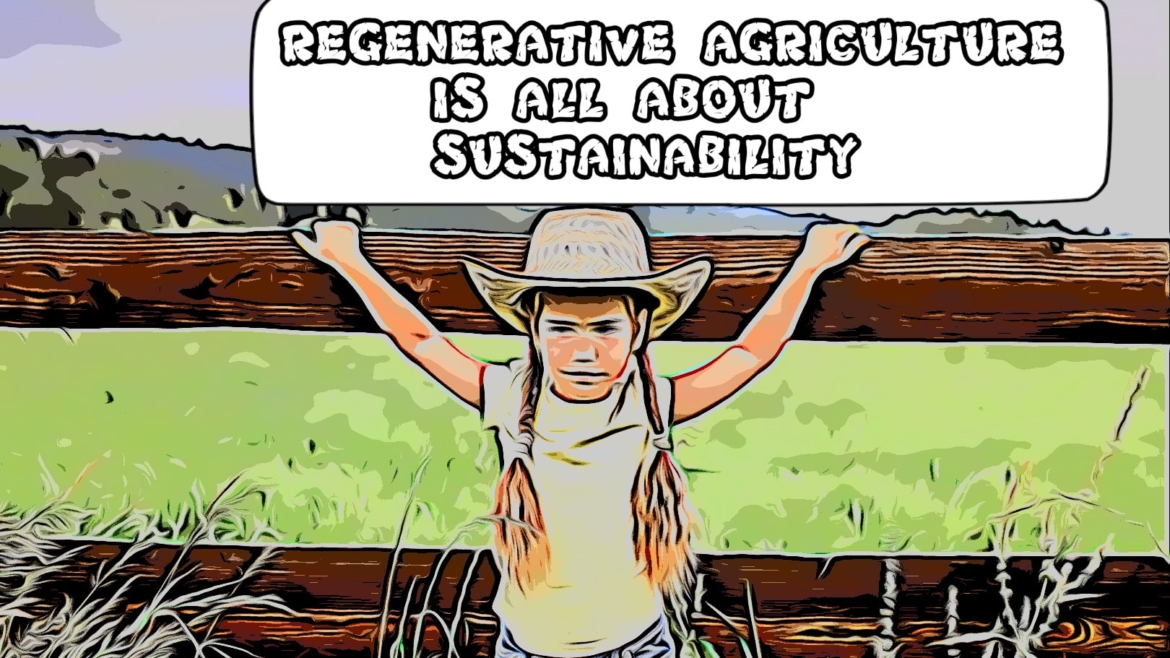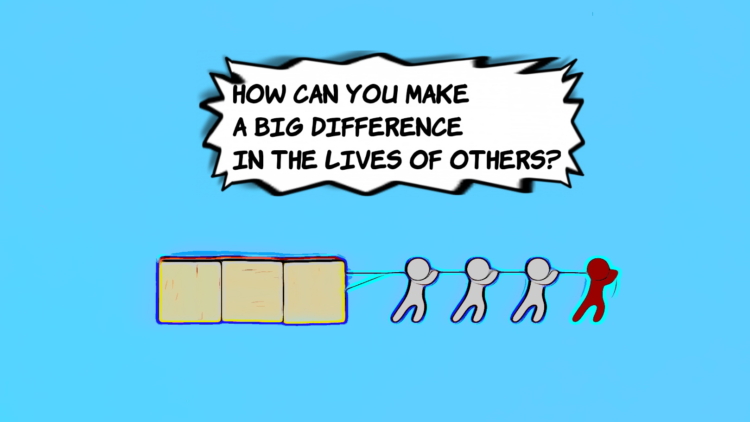NO FEAR or DELAY to REGENERATE Agro-sector
Some terms defy definition and distinguishing agriculture between conventional (which by default is bad) and ecological (which by default is good) makes it hard to find common ground between different ways of doing things.
We should realize that nature is more collaborative than competitive and, in my understanding, there’s only one sustainable agriculture that can be effective in preventing by eradicating mal practices and contributing to a healthier planet.
Dubbed “beyond sustainable,” regenerative agricultural methodologies seek to add to the soil through a self-nourishing ecological system that benefits the environment in the process. In the end, global food security is strongly determined by crop production and climate change-induced losses to production can occur directly or indirectly.
On the other hand, amid increasing consumer demand for transparency and a multitude of labels and initiatives, it can be hard to define what’s truly sustainable in the global agricultural system. By basic definition, sustainable food systems do not take away from the soil or environment. They seek to maintain Earth’s natural resources and the idea is to create farm systems that work in harmony with nature to improve the quality of life for every creature involved.
Non-profit Regeneration International claims that transitioning 10% to 20% of agricultural production to best practice regenerative systems will sequester enough carbon dioxide to reverse climate change.
Incorporating forages and ruminants into regeneratively managed agroecosystems can elevate soil organic C, improve soil ecological function by minimizing the damage of tillage and inorganic fertilizers and biocides, and enhance biodiversity and wildlife habitat, moreover, more carbon will be in the ground.
Today, more and more institutions, corporations, and growers are becoming interested in sustainable agriculture. Organizers highlight the positive externalities of greener agriculture methodologies: climate-resilient systems, technology that helps to bolster supply chain traceability with cloud-based tracking systems for livestock, agri-tech which will help transform and protect local food systems, and create long-term well-being of farmers, etc.
But ‘first who – then what’ so we’re going to need smart people operating this green system of harmonization and synchronization because it is an art, not a science.
The implementation of strict measures immediately will lead to the reduction of greenhouse gases and emissions of air pollutants, to better management of soil, land, and water resources, which in turn will contribute to the preservation of local ecosystems and biodiversity.



